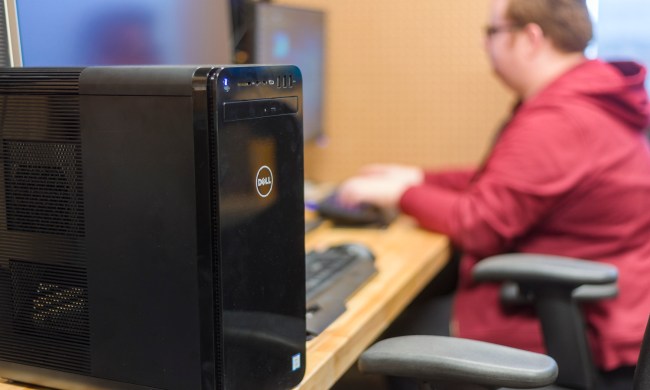
We often point to standing desks as an answer to the health problems with sedentary life. But a new study from the University of Sydney, conducted with 83,000 U.K. adults, reveals that standing all day may not reduce the risk of health problems such as circulatory disease after all.
Even worse — there are other diseases that may actually be caused by standing up too long, including blood clots in the deep veins and increased circulatory issues.
The study also said “that sitting for over 10 hours a day increased both cardiovascular disease and orthostatic incidence risk, reinforcing the need for greater physical activity throughout the day. The research also notes that standing more was not associated with heightened cardiovascular disease risk.”
Now, it should be mentioned that the study’s authors focused on standing for too long, not specifically using a standing desk. But for all the promises standing desks make for health, the study is certainly concerning. That’s not to say that sitting all day at a standard office desk is good for you either.
Lead study author Mathew Ahmadi draws out the following conclusion: “The key takeaway is that standing for too long will not offset an otherwise sedentary lifestyle and could be risky for some people in terms of circulatory health. We found that standing more does not improve cardiovascular health over the long term and increases the risk of circulatory issues.”
You can take precautions if you’re among those people “who sit for long periods on a regular basis, including plenty of incidental movement throughout the day, and structured exercise may be a better way to reduce the risk of cardiovascular disease,” said Professor Emmanuel Stamatakis, director of the Mackenzie Wearables Research Hub.
“Take regular breaks, walk around, go for a walking meeting, use the stairs, take regular breaks when driving long distances, or use that lunch hour to get away from the desk and do some movement. In Australia, we are now coming into the warmer months, so the weather is perfect for sun-safe exercise that helps you get moving,” he said.
You can stay healthy by doing six minutes of vigorous exercise or 30 minutes of moderate-to-vigorous exercise per day. If you are highly sedentary for more than 11 hours a day, this will reduce your risk of heart disease.


